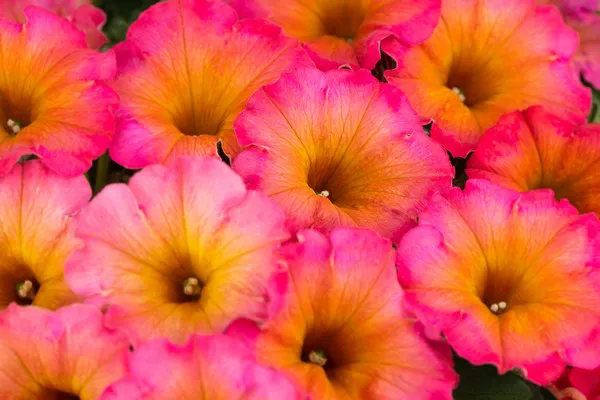The act of sending flowers to a funeral is a time-honored tradition that offers solace and comfort to grieving families. Flowers have a unique ability to convey emotions and sentiments that words often fall short of expressing. However, choosing the right flowers for a funeral can be a delicate task, as cultural customs, personal preferences, and symbolism play a significant role in determining the appropriateness of the floral arrangement. In this article, we delve into the nuances of selecting the best flowers for a funeral, explore their symbolic meanings, and discuss cultural considerations.
The Language of Flowers: Symbolism and Meaning
Flowers have long been associated with specific meanings and emotions. When selecting flowers for a funeral, it’s essential to understand the symbolism behind each bloom to ensure that the arrangement resonates with the feelings you wish to convey. Some of the most commonly used funeral flowers and their meanings include:
1. Lilies: Lilies are often considered the quintessential funeral flower. They symbolize the restoration of the soul and the innocence of the departed. White lilies, in particular, signify purity and majesty, making them a popular choice for memorial services.
2. Roses: Roses are timeless symbols of love and respect. Red roses convey deep love, while white roses represent purity and innocence. Yellow roses can be used to celebrate the friendship shared with the deceased.
3. Carnations: Carnations are versatile flowers that come in various colors, each with its own significance. Red carnations symbolize admiration, pink ones express remembrance, and white carnations represent pure love and innocence.
4. Chrysanthemums: Chrysanthemums hold diverse meanings across cultures. In many European countries, they are associated with death and are commonly used for funerals. However, in Asian cultures, particularly in Japan, chrysanthemums symbolize rebirth and life.
5. Orchids: Orchids are elegant and sophisticated flowers that symbolize eternal love and strength. Their exquisite beauty adds an element of grace to any funeral arrangement.
Selecting Appropriate Arrangements: Factors to Consider
When choosing the right funeral flowers, several factors come into play:
1. Relationship with the Deceased: Consider your relationship with the deceased and the nature of your connection. Immediate family members often opt for larger arrangements, while friends and acquaintances may choose smaller bouquets or wreaths.
2. Personal Preferences: Reflect on the preferences of the departed or their family. Did they have a favorite flower or color? Incorporating these elements into the arrangement can make it more personal and meaningful.
3. Religious and Cultural Customs: Different cultures and religions have varying beliefs and practices related to funerals. Research the specific customs of the deceased’s culture to ensure your choice aligns with their traditions.
4. Arrangement Types: There are various types of funeral arrangements to choose from, such as casket sprays, standing sprays, wreaths, and baskets. Each has its own appropriate setting and symbolism. For example, casket sprays are placed on the casket itself, while standing sprays are displayed on easels.
5. Venue and Setting: Consider the venue where the funeral will take place. Larger arrangements may be suitable for spacious areas, while smaller ones are more appropriate for intimate settings.
Cultural Considerations: Global Perspectives on Funeral Flowers
Cultural diversity greatly influences the choice of funeral flowers. What may be considered appropriate in one culture might not be suitable in another. Some cultural considerations to keep in mind include:
1. Western Cultures: In Western cultures, white and subdued colors are often chosen for funeral flowers as they symbolize purity and peace. Lilies, roses, and carnations are commonly used. Wreaths and standing sprays are typical arrangements.
2. Eastern Cultures: In Asian cultures like China and Japan, white chrysanthemums hold significance and are used as funeral flowers. However, in countries like India, marigolds are commonly used due to their association with spirituality and positive energy.
3. Latin American Cultures: In many Latin American countries, bold and vibrant colors are embraced to celebrate the life of the departed. Flowers like gladioli and lilies are popular choices, and arrangements often reflect the festive nature of the culture.
4. Middle Eastern Cultures: Islamic funerals typically do not involve flowers. Instead, sending food to the bereaved family or contributing to a charity is more appropriate. In Jewish traditions, white flowers are generally preferred.
Conclusion
Sending flowers to a funeral is a heartfelt gesture that requires thoughtfulness and sensitivity. As you navigate the process of selecting the most appropriate funeral flowers, keep in mind the symbolism of each bloom, the relationship you had with the deceased, and the cultural norms that might influence your choice. By choosing flowers that convey the right emotions and sentiments, you can offer comfort and support to grieving families during their time of loss.


